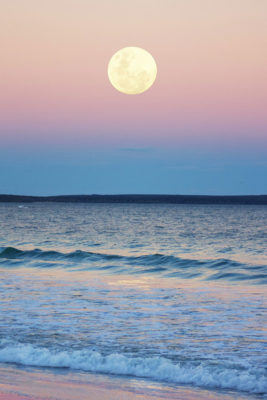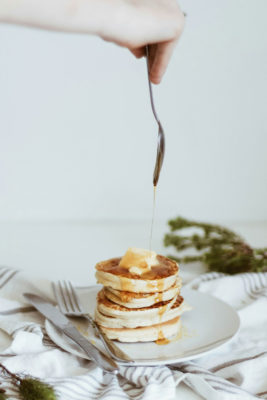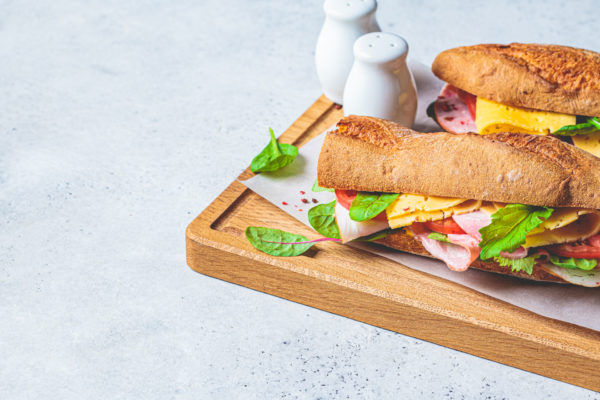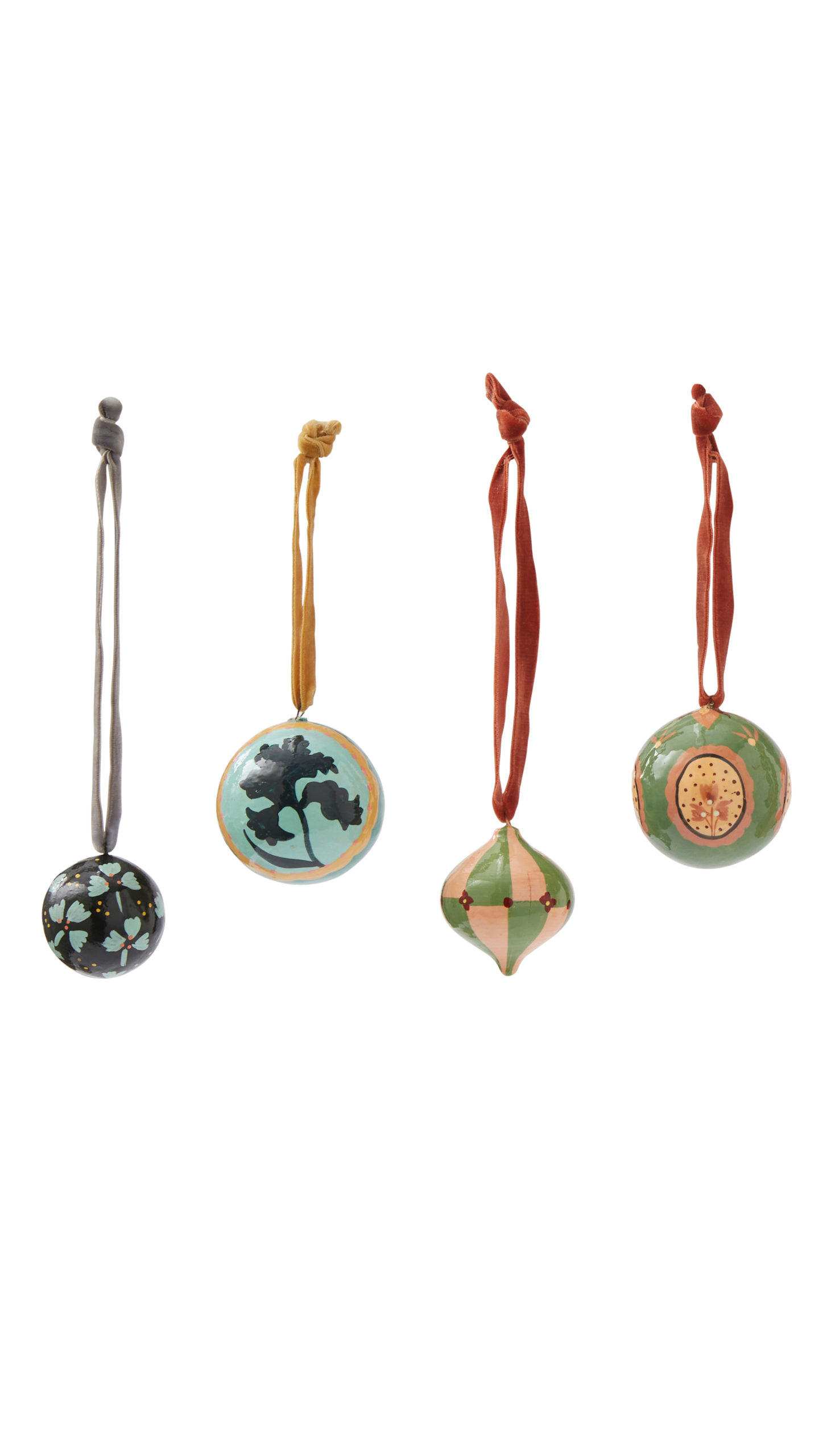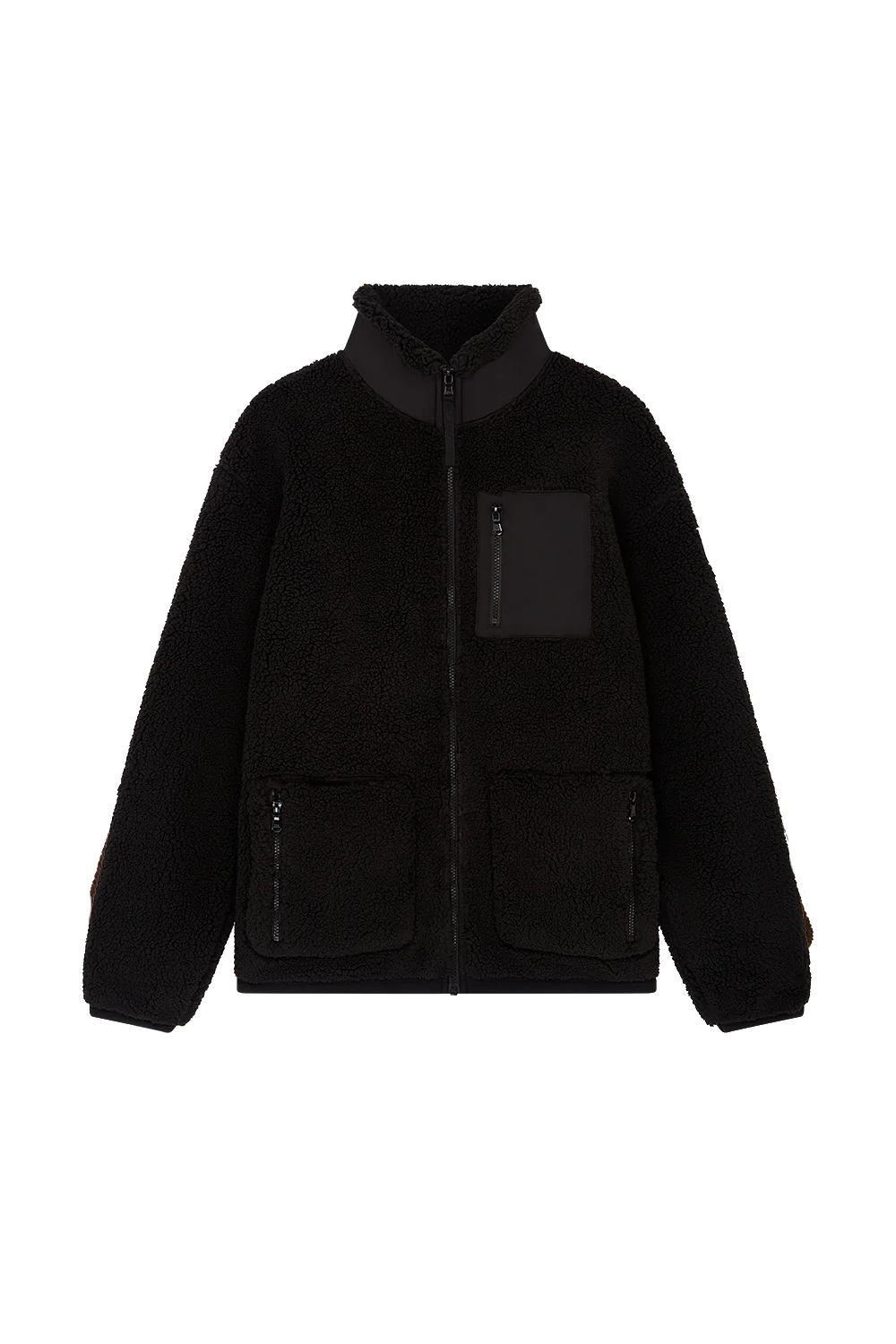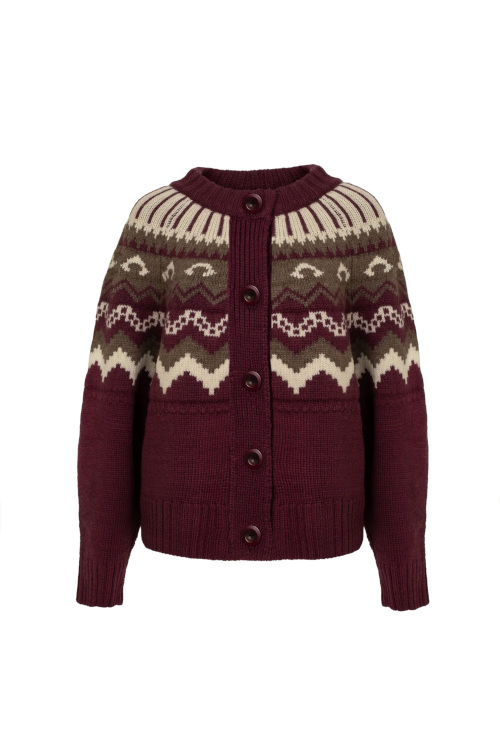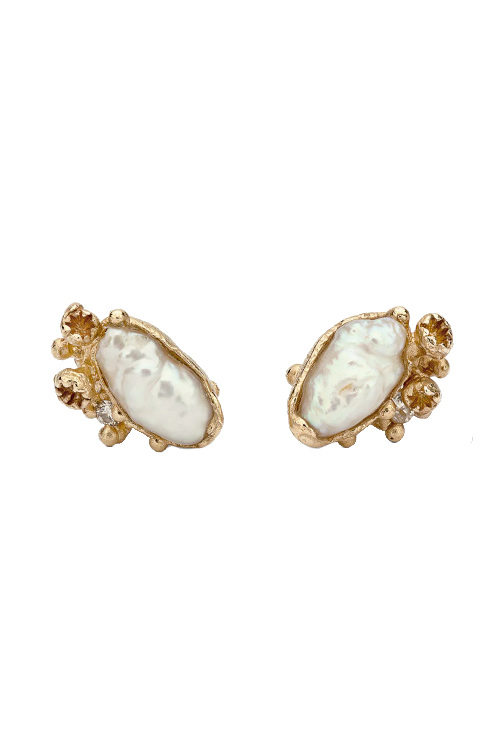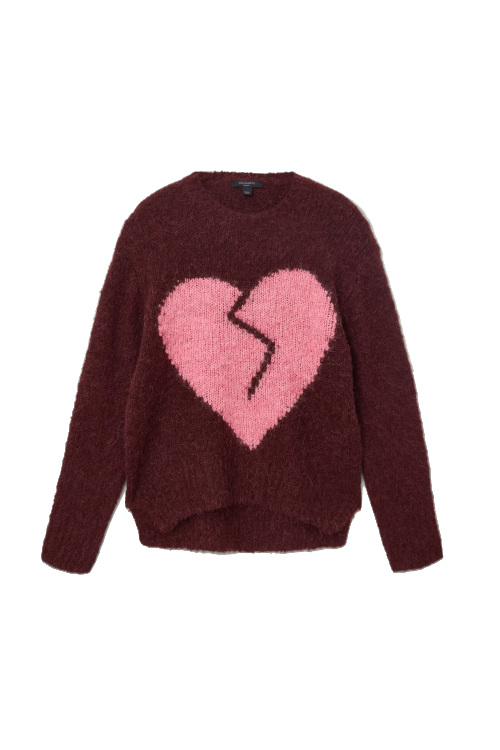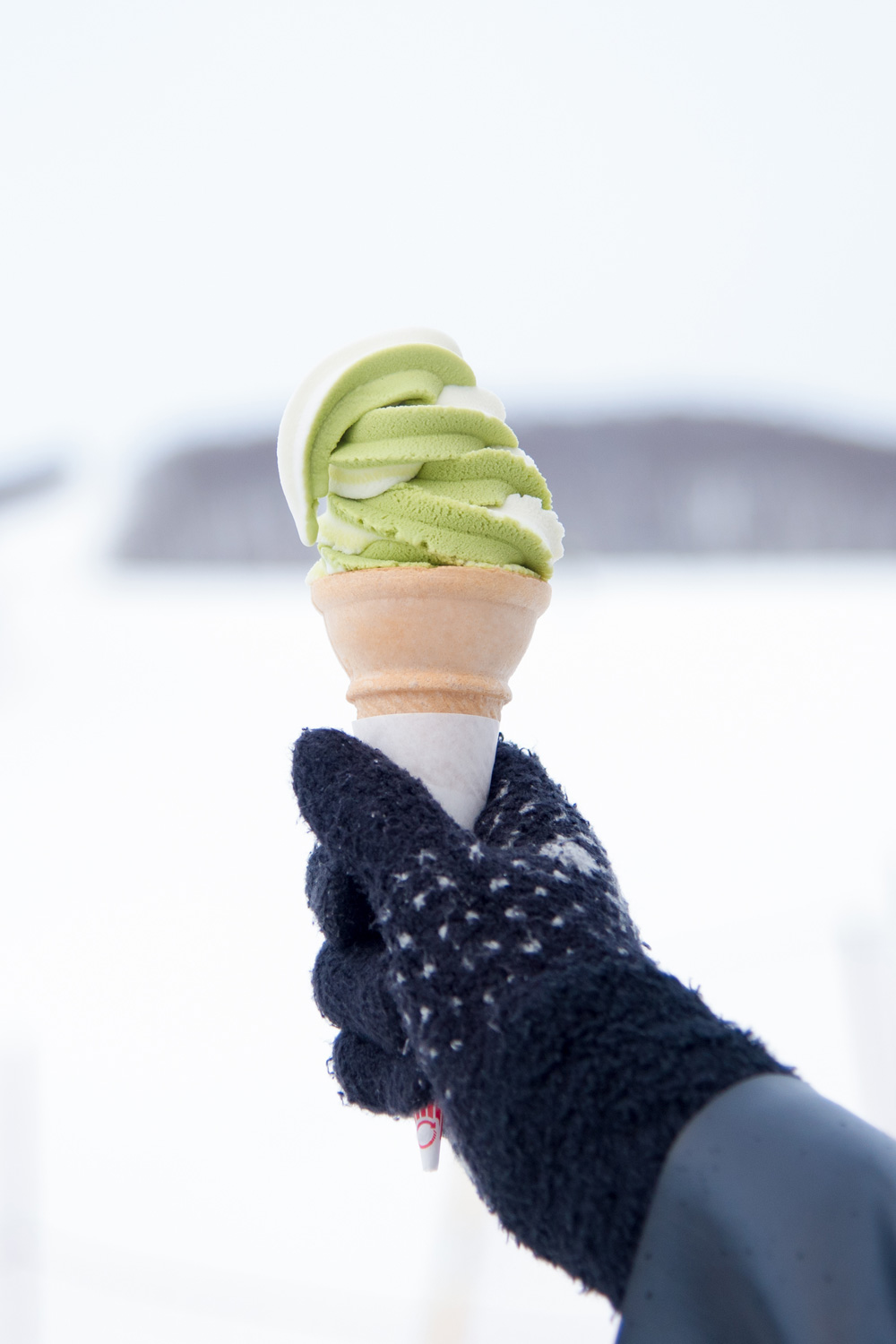
Can You Make Ice Cream From Snow?
By
10 months ago
Snow-based desserts are trending again
What do you do when you wake up to a snow day? Hunker down on the sofa with a mug of hot chocolate? Well, in parts of southern America and Canada, white weather calls for quite the opposite: a big bowl of homemade snow ice cream. Yep, that’s right, you can make an actual pudding using snow by mixing it with classic ingredients like sugar and milk. But is snow cream safe to consume? Here’s everything you need to know.
Snow Cream: Recipe & Safety Tips
What Is Snow Cream?
Snow cream is a type of ice cream made with – you guessed it – freshly fallen snow. It’s typically made by mixing snow with condensed milk, sugar and vanilla extract, while sometimes recipes use cream.
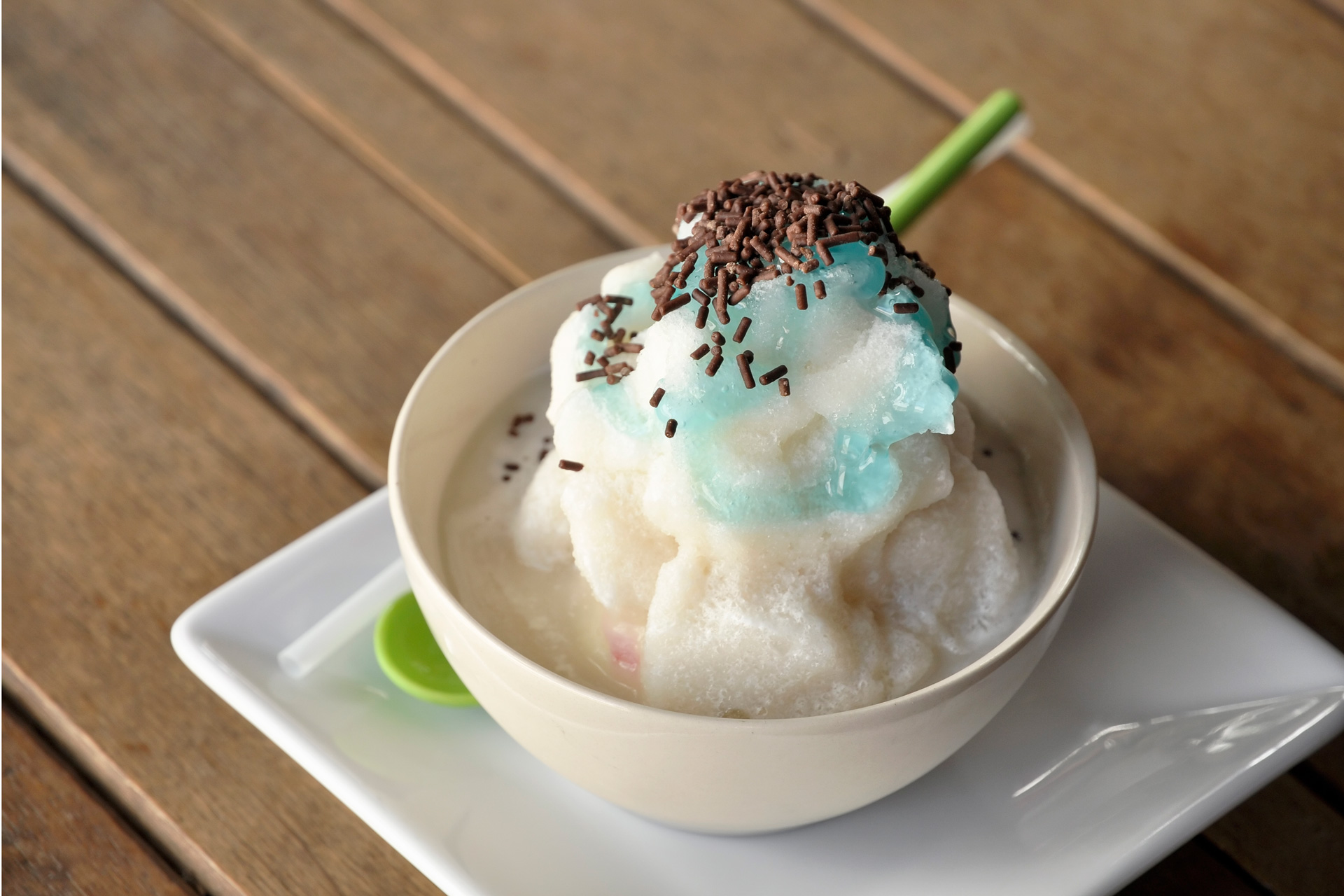
Getty Images
Who Invented Snow Cream?
There’s evidence to suggest people have been making snow-based desserts for thousands of years. Records show frozen drinks were being made from snow in Persian culture as early as 500BC, although other sources claim the Native Americans were sweetening snow with maple syrup even longer ago.
During the 1400s, ice cream made with snow and heavy cream became popular in Europe. But it was during the 19th century that ice cream as we know it was born, thanks to an American innovator named Nancy Johnson, who created the world’s first hand-cranked ice cream freezer. This heralded a new era of ice cream production, enabling that smooth, creamy texture we all know and love.
Nowadays, snow cream is most commonly enjoyed in the Southern states of America, as well as Canada. The winter pudding went viral last January following a video from Reese Witherspoon, in which she made what she referred to as a ‘snow salt chococcino’ out of snow scooped up from her garden. The video garnered mixed reviews, sparking a debate about whether it’s safe to eat snow (more on that below), but nonetheless TikTok was soon awash with a plethora of recipes for snow-based desserts. And now the chilly weather has returned, they’re back on the menu, with Google Trends reporting a surge in searches for snow cream.
@thedailynelly Snow cream coming in hot. #snowicecream #snowcreamrecipes #snowday #snow #recipes ♬ original sound – Zach Bryan Archive
Is It Safe To Eat Snow?
The majority of experts say it’s safe to eat snow – after all, it’s just water in its purest form – however there are some important ground rules, as it can be easily contaminated.
Firstly, it’s important to pick clean snow: ensure it’s completely white in colour, and avoid anything grey, brown, yellow or muddy. ‘The safest snow to consume will be the whitest, fluffiest top layer of fallen snow, furthest away from the ground,’ says Dr. Laura T. Martin, an Assistant Professor of Pediatrics at The Ohio State University College of Medicine.
She continues: ‘For a bigger serving of snow, safely harvested, place a clean bowl on your picnic table, deck, or similar outside structure. (Choose areas that are less likely to be disturbed by backyard critters or exposed to bird droppings). With a decent snowfall, you’ll be able to collect snow that is free of dirt and debris, and likely cleaner than snow on the ground. Even though the snow you eat will likely have trace amounts of pollutants from the atmosphere, so does the air we breathe, and research indicates that snow is still safe to eat in moderation.’
Staci Simonich, professor of environmental and toxic ecology at Oregon State University, said similar, telling the BBC snow is safe to eat as long as it’s from ‘a non-urban area’ and that people wait until the first few centimetres have fallen before tucking in. ‘The first bit of snow scrubs pollutants from the atmosphere,’ she explained, adding that it’s best to ‘eat a small amount’ from an ‘area where no people or animals have walked’.
Researchers in Romania, meanwhile, found that extremely fresh snow contains very little bacteria, so it’s advisable to eat it within half a day. But by two days old, researchers concluded the snow is no longer safe to eat, as it will likely be riddled with bacteria.
How To Make Snow Cream
Snow cream is usually made using four key ingredients:
- Fresh snow
- Granulated sugar
- Vanilla extract
- Condensed milk or cream
The sugar, milk/cream and vanilla extract are whisked together, then refrigerated. Once you’ve collected the snow, stir it into the mixture until it has a creamy, milkshake-like consistency. Alternatively, you can collect the snow first and pop it in the freezer while you prep the other ingredients (clearly, it will melt quickly if left out on the counter). Other sweeteners or toppings can be added, such as chocolate chips, nuts or cocoa power – and it’s best enjoyed immediately.




